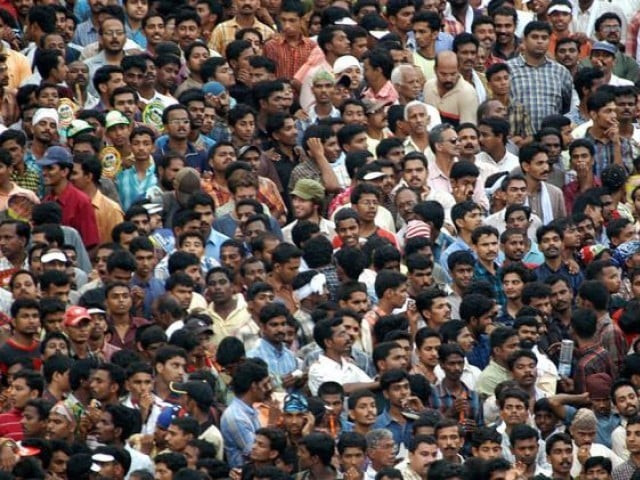Census 2017: Family size shrinks
Pakistan home to 32.21m households

Govt reiterates it will hold the headcount by March 2017. PHOTO: PAKISTAN TODAY
The sixth population and housing census results showed that the number of households in Pakistan increased by 13 million or 67.6% against the data compiled 19 years ago. Of the total 32.21 million, as many as 12.1 million or 37.85% of total households are in cities. The number of urban households in all provinces has increased over 100% during past 19 years when the country had the last housing census.
5 things you need to know about Pakistan's first census in 19 years
In 1998, there were 19.21 million households and the average size of family was 6.889 persons. Urban households units in 1998 were six million or 31.39% of total households. In 1998, the annual growth rate was 2.69%.
However, over the past 19 years, the annual growth rate was 2.4% -- the lowest since 1981. This resulted in slight shrinkage in the size of household.
The latest housing census showed that there were 3.85 million households in Khyber Pakhtunkhwa – higher by 1.64 million or 74.2% over 19 years ago. The share of urban households in total units increased from 16.74% to about one-fourth. However, the urban households doubled in the past 19 years.
Headcounts begins while house-listing still incomplete
In FATA, households increased from 340,000 to 560,000 – an increase of 64.7%. Urban households in FATA have increased to 200,000 or 35.7% of the total households of the region.
In Punjab, the number of households now stands at 17.1 million – an increase of 6.56 million units or 62.2%. Urban units stand at 6.4 million or 37.37% of the total households in the province. Urban units have doubled over the past 19 years. Punjab’s households are 53% of the national housing units.
In Sindh, there are 8.59 million households – an addition of 3.57 million units or 71.2% more than the previous census. The share of urban housing units currently stands at 51.22% in total provincial households, matching the province’s urban population. In absolute terms, urban households in Sindh stand at 4.4 million.
Census 2017: ‘Deploy more female enumerators’
In Balochistan there are 1.78 million housing units – an addition of 810,000 or 83.5% over the past 19 years. The urban units stood at 470,000 or 26.4% of the province’s total households.
In Islamabad, total households remain 340,000, higher by 280,000 units, registering a 215% growth in the past 19 years. Urban units in Islamabad stand at 170,000 – half of the total units of the federal capital territory. In 1998, the share of urban households was 69.2%, which has since declined because of high cost of living in notified urban areas.



















COMMENTS
Comments are moderated and generally will be posted if they are on-topic and not abusive.
For more information, please see our Comments FAQ